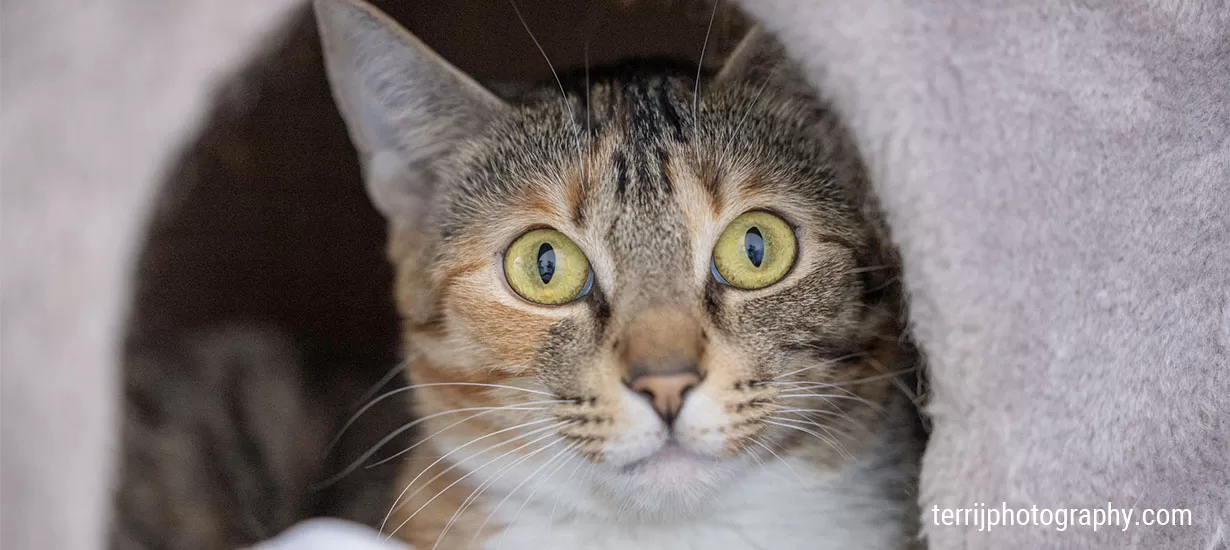IMPORTANT: Our shelter is temporarily closed to visitors. DETAILS HERE
Limited visitation for cats. See Details HERE

No one ever wants an emergency to happen, but if there is one, it’s best to prepare in advance. This year, Emergency Preparedness Week is from May 7th to 13th. Last year, we provided tips on creating a pet first aid kit. This year, we want to show you more ways to keep your pets safe in an emergency. Public Safety Canada has created a one-stop shop to ensure you and your family can prepare for emergencies. We want to make sure you have similar plans in place for your pet.
Include your pet in your family emergency plan exercises. The best way to protect your pet in an emergency is to bring it with you. Most evacuation shelters will only accept service animals, so know where your pet can go if you need to evacuate. This list can include hotels that accept animals during emergencies, boarding centres and animal shelters, animal clinics, or family members and friends.
While creating an emergency kit for your family, you may want to consider the following: